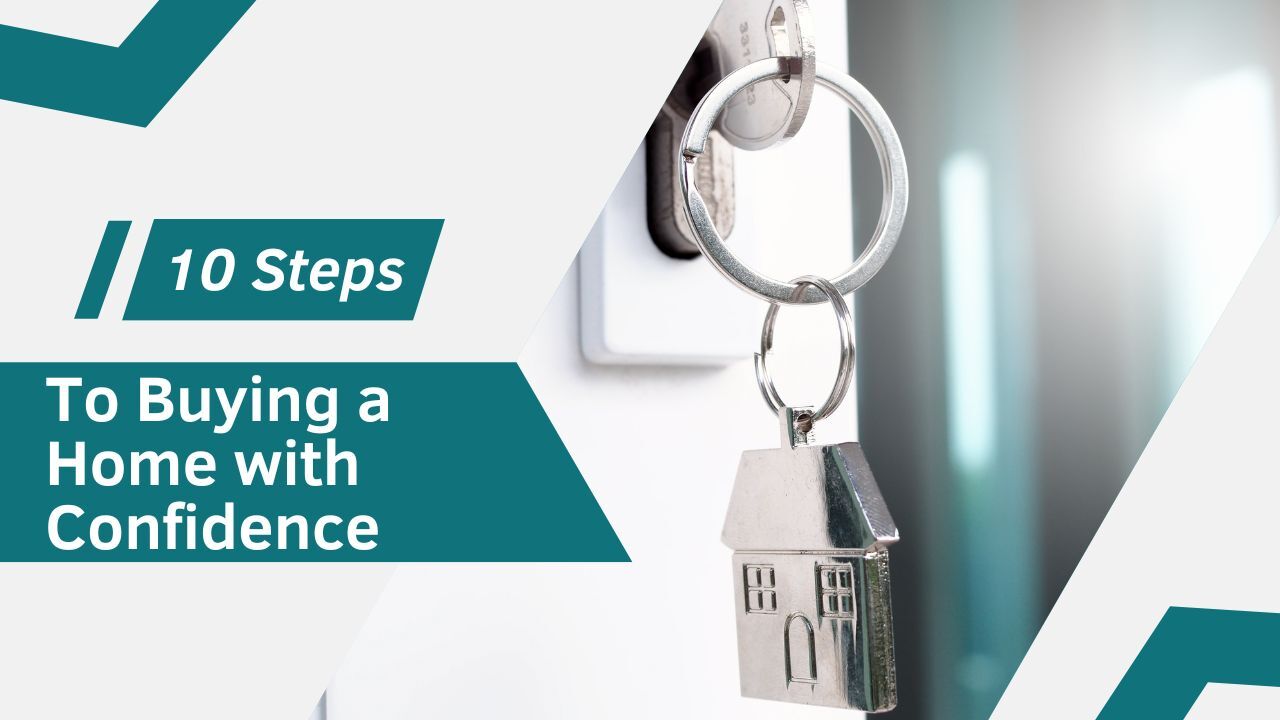 When buying a home, negotiating the purchase price is a key part of the process. While factors such as market conditions, comparable sales, and property condition play a role, a home’s history can also impact its value. If the property has a notable past such as prior fire damage, flooding, structural issues, or even stigmatized events it can provide leverage for buyers to negotiate a better deal. Here’s how to approach negotiations when a home’s history is a concern.
When buying a home, negotiating the purchase price is a key part of the process. While factors such as market conditions, comparable sales, and property condition play a role, a home’s history can also impact its value. If the property has a notable past such as prior fire damage, flooding, structural issues, or even stigmatized events it can provide leverage for buyers to negotiate a better deal. Here’s how to approach negotiations when a home’s history is a concern.
Understanding the Impact of a Home’s History
A home’s past can significantly influence its market value and desirability. Buyers may be hesitant to purchase a home with known issues, giving those who are willing to move forward a stronger negotiating position. Some key factors to consider include:
- Structural or Environmental Damage: Previous fire, flood, or mold damage may have lasting effects, even if repairs have been made. Buyers should request full disclosure and inspect the home thoroughly.
- Legal or Financial Issues: Foreclosures, liens, or zoning violations can create complications that may make a seller more willing to negotiate.
- Stigmatized Property: If a home was the site of a crime, death, or other event that may deter buyers, it could affect its resale value and provide an opportunity for negotiation.
- Past Renovations or Repairs: If the home has undergone major repairs, understanding the quality of the work and whether proper permits were obtained can impact its value.
How to Use the Home’s History to Negotiate
If the home’s past raises concerns, use the following strategies to negotiate a better purchase price:
- Do Your Research
Gather as much information as possible about the home’s history. Review property records, request seller disclosures, and look into local news archives if necessary. A home inspection can also reveal hidden issues that may not be immediately apparent. - Request Repair Documentation
If the home has been repaired after damage, ask for records of the work performed, including permits and warranties. If there is missing documentation or questionable repairs, this can be a reason to request a price reduction. - Highlight Buyer Hesitation
If the home’s history is likely to deter other buyers, use that as leverage. Sellers may be more willing to negotiate if they have struggled to find interested buyers. - Obtain Professional Inspections
A detailed inspection can uncover underlying problems that may not have been fully addressed. Use the inspection report to negotiate repairs, credits, or a lower purchase price. - Leverage Market Conditions
If the home has been sitting on the market for an extended period, or if it’s a buyer’s market, sellers may be more willing to negotiate to close the deal. - Consider Future Resale Value
If the home’s history could impact its future resale value, factor that into your negotiations. If there is a risk of difficulty selling the home later, request a lower price upfront to compensate for the potential challenges.
When to Walk Away
While negotiating based on a home’s history can lead to a better deal, not all properties are worth the risk. If inspections reveal major structural problems, environmental hazards, or ongoing legal issues, it may be best to reconsider the purchase. A discounted price does not always justify future complications or costly repairs.
A home’s history can be a powerful negotiation tool when purchasing a property. Whether dealing with past damage, legal complications, or a stigmatized history, buyers should use due diligence to ensure they are making a sound investment.
By leveraging the property’s past, obtaining thorough inspections, and understanding market conditions, buyers can secure a better deal while protecting their long-term financial interests.
 Buying a home is a major milestone, but it can also be overwhelming. Understanding the process will help you navigate each step with confidence. Here’s a simplified guide to buying a home:
Buying a home is a major milestone, but it can also be overwhelming. Understanding the process will help you navigate each step with confidence. Here’s a simplified guide to buying a home: Buying a home is one of the biggest investments you’ll ever make, and discovering that a property has a history of termite infestation can be a major red flag. However, this doesn’t always mean you should walk away. Understanding the risks, potential costs, and ways to protect yourself can help you make an informed decision.
Buying a home is one of the biggest investments you’ll ever make, and discovering that a property has a history of termite infestation can be a major red flag. However, this doesn’t always mean you should walk away. Understanding the risks, potential costs, and ways to protect yourself can help you make an informed decision. Selling a home through a lease-purchase agreement can be a great option for both buyers and sellers, offering flexibility and potential financial benefits. Whether you’re a homeowner looking for alternative selling strategies or a buyer who needs time to secure financing, understanding how this process works is key.
Selling a home through a lease-purchase agreement can be a great option for both buyers and sellers, offering flexibility and potential financial benefits. Whether you’re a homeowner looking for alternative selling strategies or a buyer who needs time to secure financing, understanding how this process works is key. Crafting a counter-offer that doesn’t scare away a potential home buyer can be tricky. You want to maximize your sale price while still keeping the deal attractive enough for the buyer to stay engaged. A well-crafted counter-offer strikes a balance between protecting your interests and meeting the buyer’s needs. The key is to approach negotiations strategically, ensuring that your counter doesn’t feel like a rejection but rather a step toward a mutually beneficial agreement. Here are five tips to help you through the process while keeping the buyer interested:
Crafting a counter-offer that doesn’t scare away a potential home buyer can be tricky. You want to maximize your sale price while still keeping the deal attractive enough for the buyer to stay engaged. A well-crafted counter-offer strikes a balance between protecting your interests and meeting the buyer’s needs. The key is to approach negotiations strategically, ensuring that your counter doesn’t feel like a rejection but rather a step toward a mutually beneficial agreement. Here are five tips to help you through the process while keeping the buyer interested: